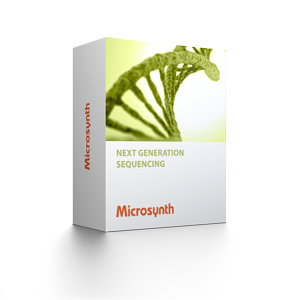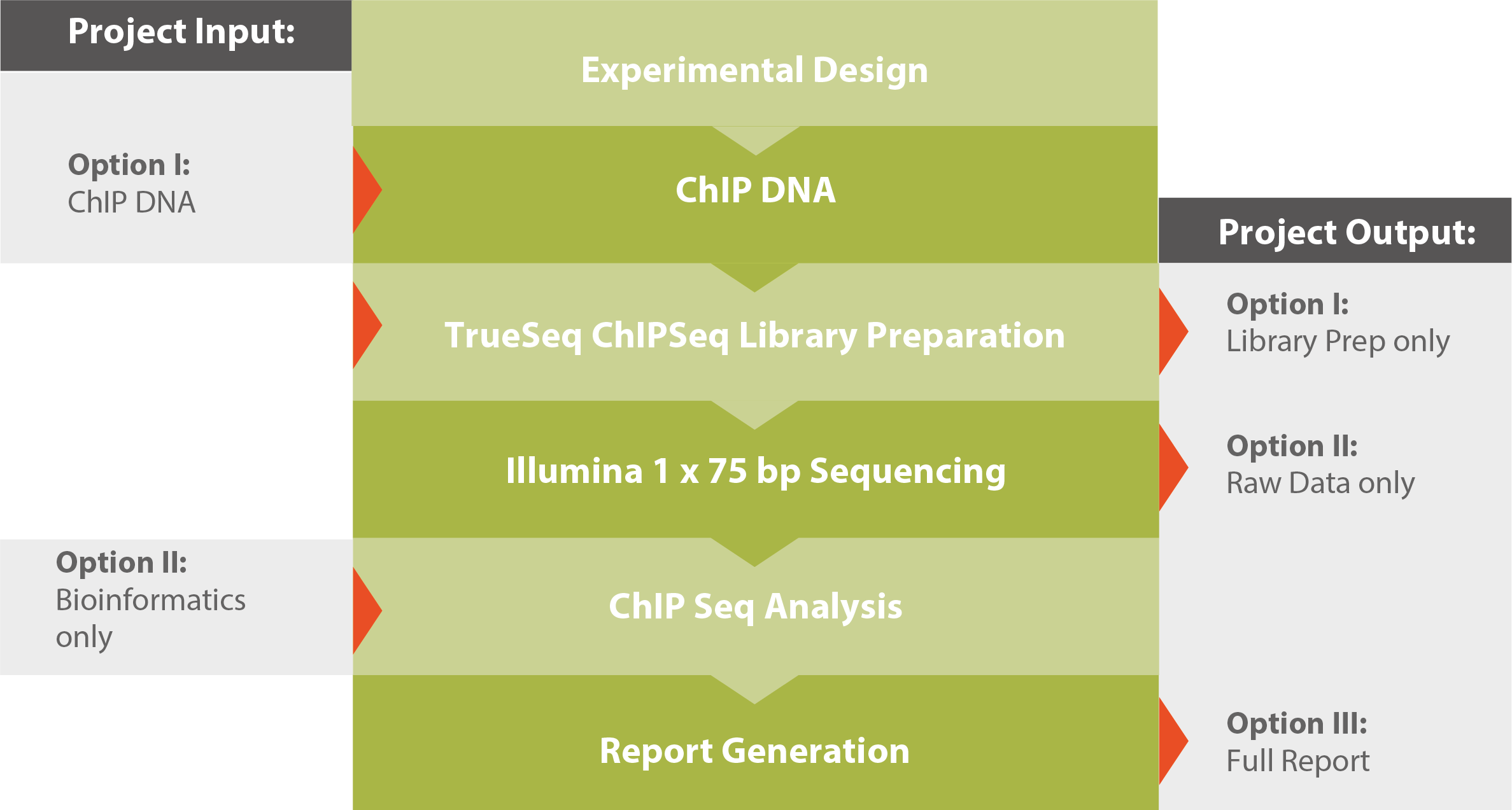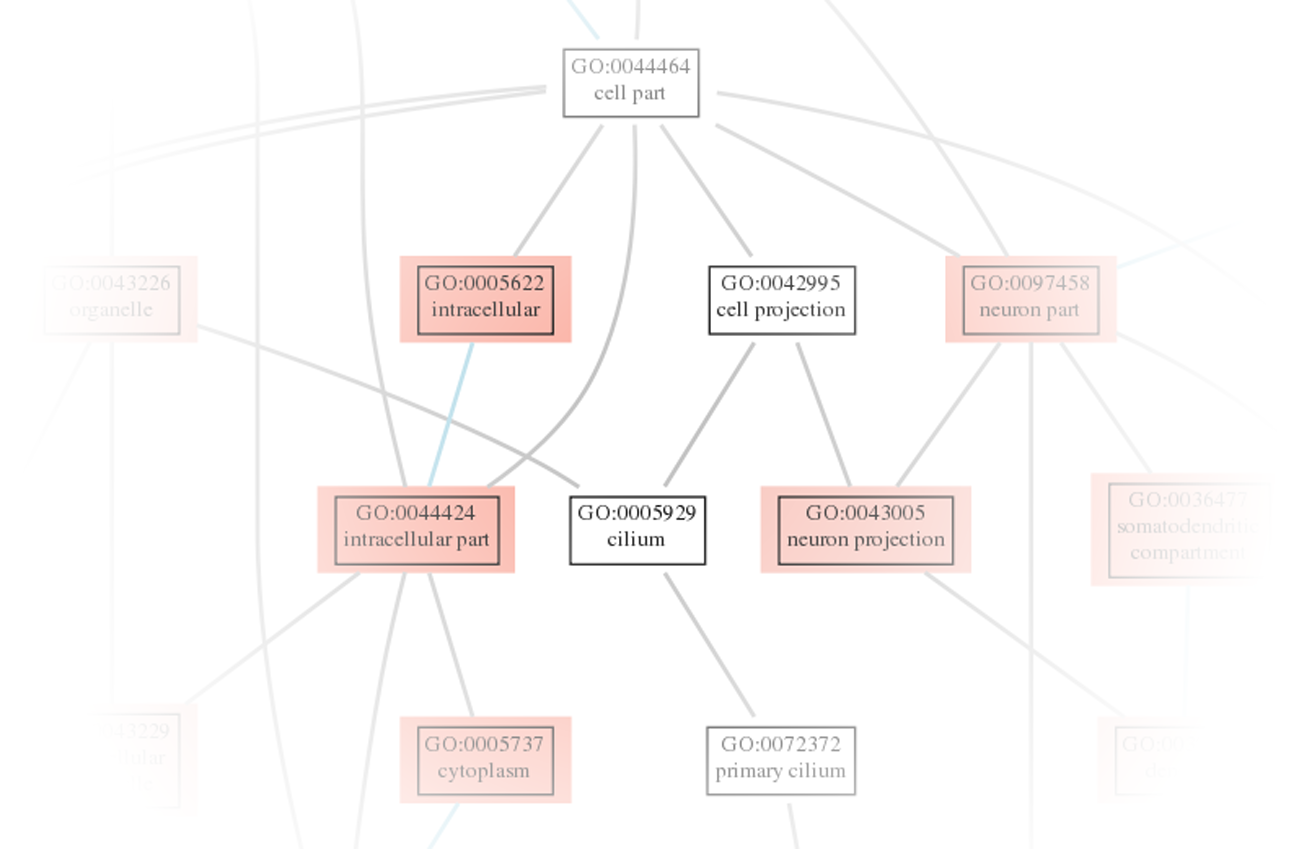
Back to top
ChIP Sequencing

Use ChIP sequencing to:
- Investigate genome wide transcription regulation in a comparative setting
- Investigate the active part of the chromatin
Overview
Considerations before starting a ChIP sequencing project:
- Is there a suitable reference genome?
- Point or broad source?
- Sequencing depth (sensitivity)?
- Experimental setup (replicates and conditions, input control)?
Let us guide you – from design to analysis
Example projects using ChIP sequencing:
- Discovery of new transcription factor binding sites
- Investigation of histone modifications
- Selective trancription factor usage
- Novel pathway activation by known transcription factor
Applications related to ChIP sequencing:
- mRNA sequencing
- small and miRNA sequencing
Workflow
A typical workflow for a ChIP sequencing project is shown in the graphic below. Please note that our highly-modular processes allow you various entry and opting out options. If you outsource your entire NGS project to Microsynth or only parts of it is up to you.
Results
The results produced by our analysis module help answer three main questions of a ChIP sequencing experiment aiming for instance to find novel patterns of gene regulation.
- Where on the reference genome are significant peaks? (see Table 1)
- Which are the common motifs and are these novel? (see Figure 1)
- Which pathways may be influenced by the captured regulatory elements? (see Figure 2)
Turnaround Time
- Delivery of data within 25 working days upon sample receipt (includes library preparation and sequencing)
- Additional 10 working days for data analysis (bioinformatics)
- Express service possible on request





